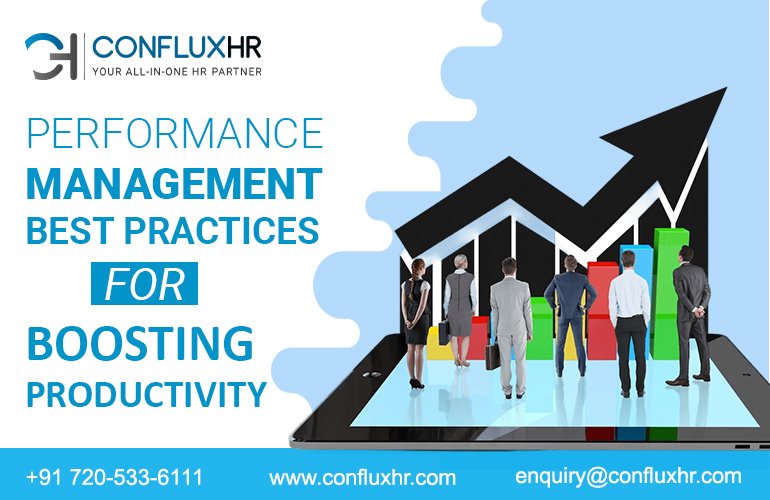Introduction
Effective performance management is essential for organizations to align employee goals, boost productivity, and drive business success. This blog explores performance management best practices that enable companies to set clear objectives, provide regular feedback, facilitate employee development, and foster a culture of continuous improvement.
Setting Clear and Measurable Goals
Clear and measurable goals are the foundation of effective performance management. Organizations should establish SMART (Specific, Measurable, Achievable, Relevant, Time-bound) goals that align with overall business objectives. Clear goals provide employees with direction, focus their efforts, and contribute to a sense of purpose.
Regular Performance Feedback
Regular feedback is a critical component of performance management. Managers should provide timely and constructive feedback to employees, acknowledging achievements and addressing areas for improvement. Regular feedback fosters employee growth, improves performance, and strengthens the relationship between managers and employees.
Continuous Performance Development
Performance management should go beyond annual reviews. Companies should embrace continuous performance development through ongoing coaching, mentoring, and learning opportunities. By investing in employee development, organizations enhance skills, knowledge, and capabilities, leading to improved performance and employee engagement.
Employee Recognition and Rewards
Recognizing and rewarding employee contributions drives motivation and engagement. Organizations should implement a performance recognition program that acknowledges exceptional performance, achievements, and milestones. Meaningful rewards and incentives foster a culture of excellence and encourage employees to go above and beyond.
Performance Analytics and Data-driven Insights
Leveraging performance analytics and data-driven insights enables organizations to make informed decisions. Performance management software can provide valuable metrics and analytics on individual and team performance, identifying trends, strengths, and areas for improvement. Data-driven insights inform talent development strategies and drive continuous performance improvement.
Regular Performance Check-ins
Besides annual performance reviews, regular check-ins between managers and employees are crucial. These check-ins allow ongoing feedback, goal progress updates, and course corrections. Regular communication helps employees stay on track, receive guidance, and address challenges.
Performance Improvement Plans
Performance management should include a process for managing underperformance. When employees fall short of expectations, organizations should develop performance improvement plans (PIPs) to address areas of concern. PIPs outline specific goals, timelines, and support mechanisms to help employees improve their performance.
Conclusion
Effective performance management practices are essential for aligning employee goals, driving productivity, and achieving organizational success. Companies can create a high performance and continuous improvement culture by setting clear goals, providing regular feedback, fostering employee development, and leveraging performance analytics. Embrace performance management best practices to enhance employee engagement, productivity, and business outcomes.


